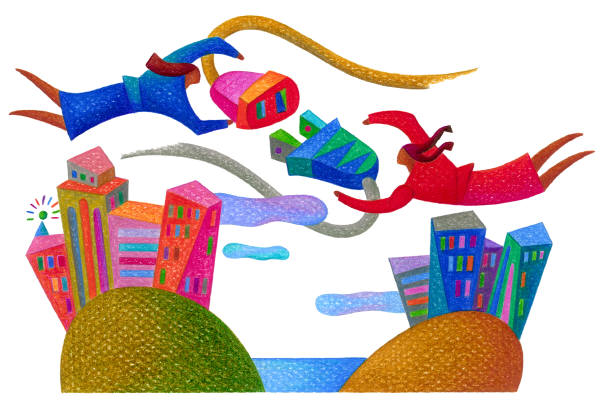Imagine being separated from your spouse for seven years. It’s not what any of us sign up for, especially after 30 plus years of marriage.
My friend Barb faced this exact situation as the state of the economy forced her husband Al to take a contracting job in New Orleans while she remained back in Wisconsin. Through holidays, periodic visits, Skype, and gritty determination on both of their parts, the state of their marriage remained strong. 

And happily, this summer after seven years of living separately from his wife, Al was able retire. He moved back to Wisconsin, and now Barb and Al live like married people are meant to live---together.
Sounds like a happy ending, right?
Imagine my surprise when Barb, wine glass in hand, lamented the other night that she felt closer to Al when there were four states separating them.
I inquired and she explained.
When he was in New Orleans, they spent an entire hour each night face-to-face Skyping. No multitasking, no running to this commitment and that event, no half-conversations while watching t.v. or surfing the net: one full hour of face-to-face, eye-to-eye conversation about how their day went, about the family, about their plans, about the state of the world, one full hour every single day. How many of us have an hour like that?
Now that they’re living together, she explained, that hour simply doesn’t happen. Life gets in the way. Emails, meetings, obligations, television, hobbies, the internet---all of these happen, and so remarkably (though not so remarkable when you think about it) she feels less close to him than she did during their 7-year separation. She pines for that hour.
And HOW (you may be asking) is this related to education?
One of the biggest fears people have about technology in schools is that it will depersonalize learning, that students will hide behind screens and teachers will hide behind their desktops.
Not unlike Barb and Al’s Skype sessions, the reality is that the effective use of technology can bring us closer together, in our relationships, in our schools.

Sage teachers use backchanneling technology to engage ALL students to participate in class discussions rather than just one raising his/her hand at a time.
Tech savvy teachers use polling and surveys to check for understanding throughout the class period, making each student aware of his/her learning at any given moment.
Innovative teachers use technology to flatten their classroom walls, connecting with other classrooms in the district, state, country and world.
I jokingly advised Barb that maybe she and Al should consider going into different rooms each night and Skyping each other to rekindle their bonding hour.
And maybe those in education who fear that technology will depersonalize the classroom should consider the opportunities it offers to connect us to each other and to the larger world.
No comments:
Post a Comment